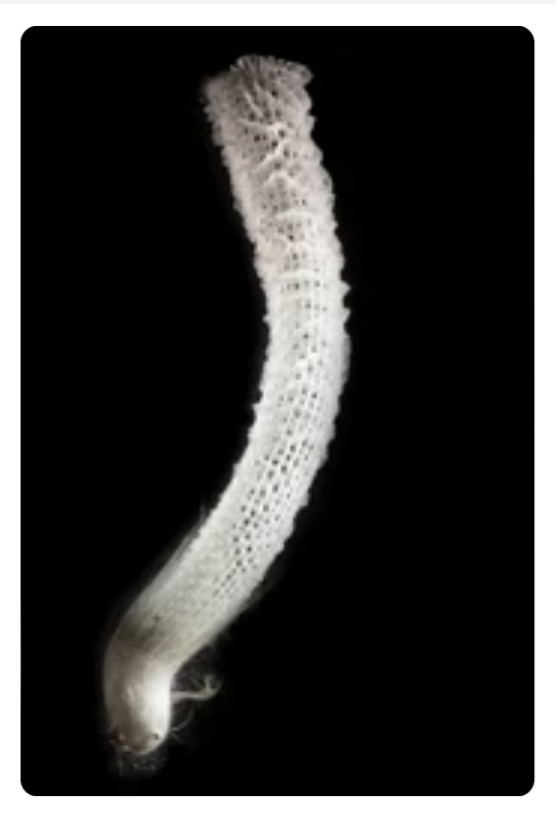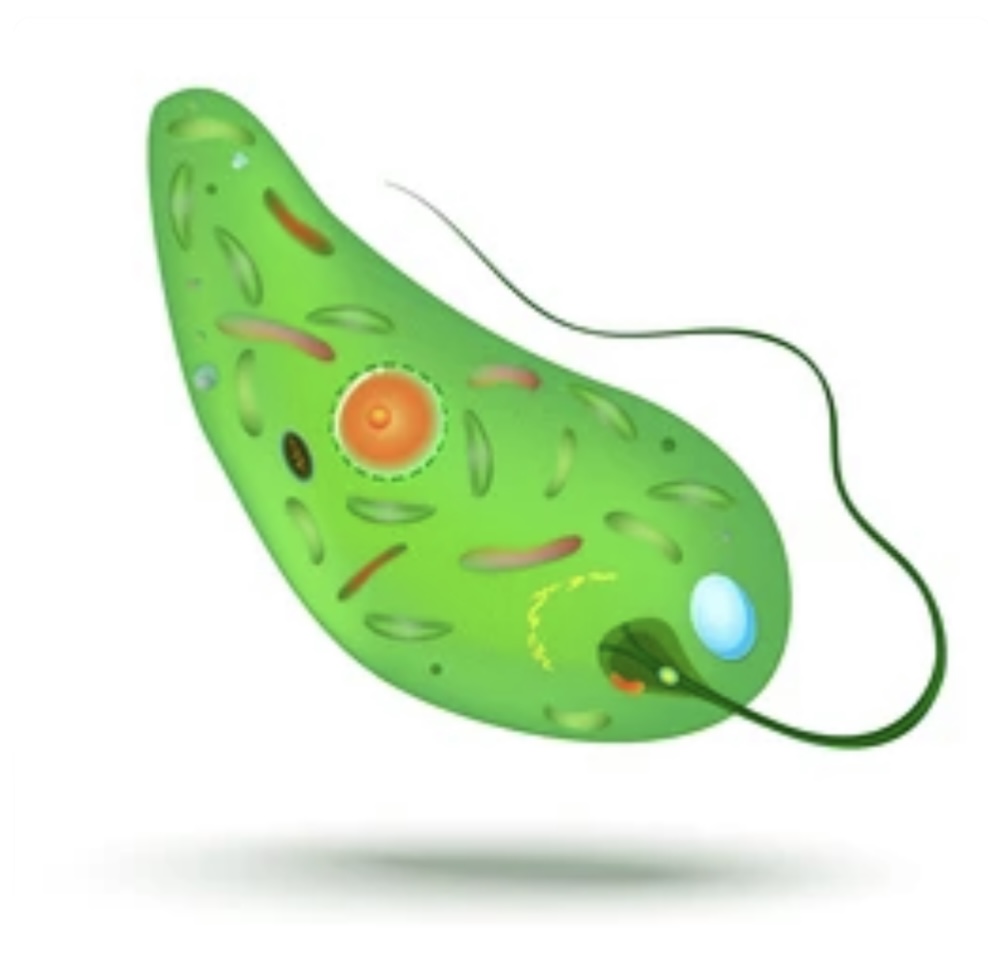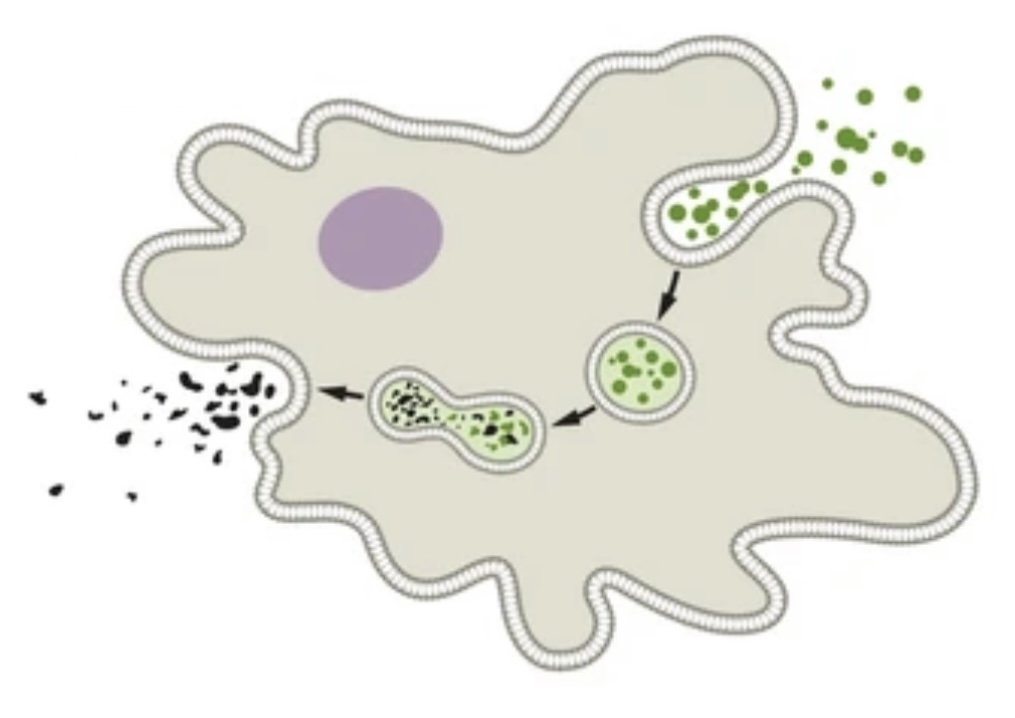WHAT ARE LIVER FLUKES?
Introduction Liver flukes, a group of flatworm parasites, might not be a household name, but they’re a big deal in the worlds of health and agriculture. These parasites target the liver and bile ducts of mammals—including humans—and cause problems ranging from mild discomfort to life-threatening diseases. They also hit the…

















































